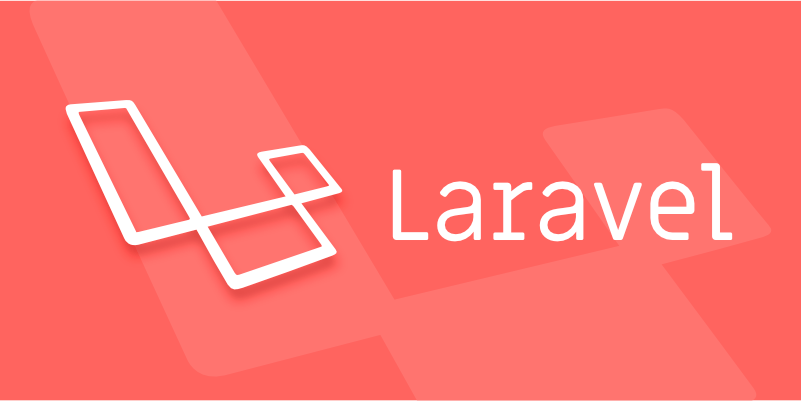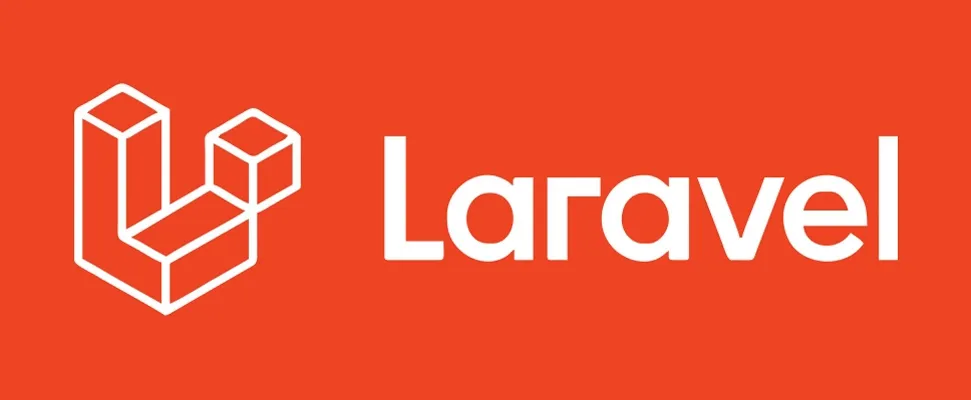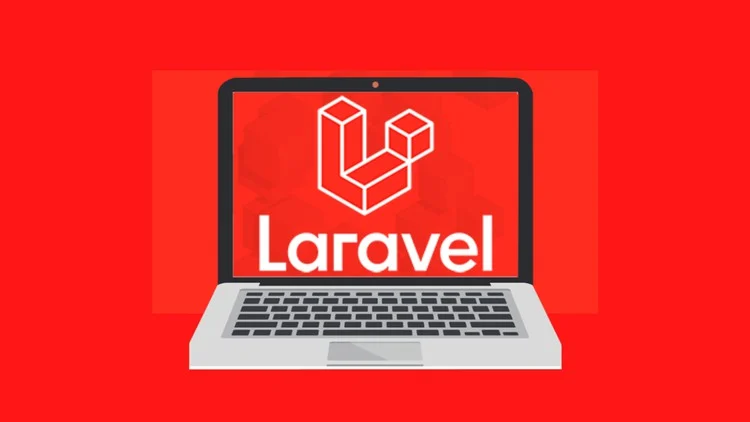拉維爾授權中的大門和政策之間的差異。
在Laravel 中,gates 用於模型無關的全局權限檢查,而policies 用於模型相關的結構化授權邏輯。 1. Gates 是閉包式檢查,適用於如“用戶能否訪問儀錶盤”的判斷;2. Policies 則與模型綁定,將授權邏輯集中管理,如定義用戶能否更新某篇文章;3. Gates 簡單輕量適合一次性檢查,Policies 更易測試和擴展;4. Laravel 會根據模型自動匹配policy 方法,無需手動關聯。兩者可在同一應用中結合使用。

In Laravel, gates and policies are both tools for handling authorization logic, but they serve different purposes and are used in different contexts. Gates are simple, closure-based checks that work well for one-off authorization rules or actions not tied to a specific model. Policies, on the other hand, are more structured and organized — they're like controllers for authorization, grouping logic around a particular model or resource.

When to Use Gates
Gates are best when you need to check permissions that don't necessarily involve a specific model. For example, checking if a user can access an admin dashboard doesn't require looking at any particular data model — it's more about the user's general role or permissions.
- You define them using closures in the
AuthServiceProvider. - They're great for global checks, like "can this user view reports" or "is the user allowed to log in via API".
- Example:
Gate::define('view-reports', function ($user) { return $user->isAdmin(); });
You can then check this gate anywhere using:

if (Gate::allows('view-reports')) { ... }When to Use Policies
Policies are meant for model-based authorization. If your app has a Post model and you want to define who can update or delete a post, a policy is the right tool.
- Each policy is tied to a specific model.
- They offer methods like
update,delete,view, etc., which automatically receive the model instance. - Example policy method:
public function update(User $user, Post $post) { return $user->id === $post->user_id; }
To use it:

if ($user->can('update', $post)) { ... }This keeps your code clean and organized — all post-related authorization lives in the PostPolicy class.
Key Differences to Keep in Mind
Here are some practical differences between the two:
- Model dependency : Policies always involve a model; gates usually don't.
- Organization : Policies help keep things tidy when dealing with multiple related actions. Gates are quick and easy for small checks.
- Testing & reuse : Policies are easier to test and scale as your app grows.
- Naming conventions : Gates are named like abilities (
'edit-settings'), while policy methods match action names ('update','delete').
One thing people often miss is that Laravel automatically resolves policy methods based on the model type. So if you call $user->can('update', $post) , Laravel knows to look for the update method in the policy associated with the Post model — no need to manually wire that up beyond registering the policy.
How to Decide Between Them
If you're trying to decide which to use, here's a quick rule of thumb:
-
? Use a gate when:
- The check isn't tied to a model.
- It's a simple yes/no permission.
- You just need to do a quick check without creating extra files.
-
? Use a policy when:
- You're working with a model and common CRUD-style actions.
- You want cleaner, more maintainable code.
- Your authorization logic might grow over time.
You can even mix both in the same app — gates for quick checks and policies for model-based decisions.
So yeah, gates and policies aren't interchangeable — they each have their place. Just remember: gates are for general abilities, and policies are for model-specific rules. Once you get the hang of that, Laravel's authorization system becomes much easier to work with.
以上是拉維爾授權中的大門和政策之間的差異。的詳細內容。更多資訊請關注PHP中文網其他相關文章!

熱AI工具

Undress AI Tool
免費脫衣圖片

Undresser.AI Undress
人工智慧驅動的應用程序,用於創建逼真的裸體照片

AI Clothes Remover
用於從照片中去除衣服的線上人工智慧工具。

Clothoff.io
AI脫衣器

Video Face Swap
使用我們完全免費的人工智慧換臉工具,輕鬆在任何影片中換臉!

熱門文章

熱工具

記事本++7.3.1
好用且免費的程式碼編輯器

SublimeText3漢化版
中文版,非常好用

禪工作室 13.0.1
強大的PHP整合開發環境

Dreamweaver CS6
視覺化網頁開發工具

SublimeText3 Mac版
神級程式碼編輯軟體(SublimeText3)
 Laravel中的配置緩存是什麼?
Jul 27, 2025 am 03:54 AM
Laravel中的配置緩存是什麼?
Jul 27, 2025 am 03:54 AM
Laravel的配置緩存通過合併所有配置文件為一個緩存文件來提升性能。在生產環境中啟用配置緩存可減少每次請求時的I/O操作和文件解析,從而加快配置加載速度;1.應在部署應用、配置穩定且無需頻繁更改時啟用;2.啟用後修改配置需重新運行phpartisanconfig:cache才會生效;3.避免在配置文件中使用依賴運行時條件的動態邏輯或閉包;4.排查問題時應先清除緩存、檢查.env變量並重新緩存。
 在Laravel生成命名路線的URL。
Jul 16, 2025 am 02:50 AM
在Laravel生成命名路線的URL。
Jul 16, 2025 am 02:50 AM
在Laravel中生成命名路由的URL最常用方法是使用route()輔助函數,它可根據路由名稱自動匹配路徑並處理參數綁定。 1.在控制器或視圖中傳入路由名稱和參數,如route('user.profile',['id'=>1]);2.多參數時也只需傳數組,順序不影響匹配,如route('user.post.show',['id'=>1,'postId'=>10]);3.在Blade模板中可直接嵌入鏈接,如查看資料;4.可選參數未提供時不顯示,如route('user.post',
 處理Laravel中的HTTP請求和響應。
Jul 16, 2025 am 03:21 AM
處理Laravel中的HTTP請求和響應。
Jul 16, 2025 am 03:21 AM
在Laravel中處理HTTP請求和響應的核心在於掌握請求數據獲取、響應返回和文件上傳。 1.接收請求數據可通過類型提示注入Request實例並使用input()或魔術方法獲取字段,結合validate()或表單請求類進行驗證;2.返迴響應支持字符串、視圖、JSON、帶狀態碼和頭部的響應及重定向操作;3.處理文件上傳時需使用file()方法並結合store()存儲文件,上傳前應驗證文件類型和大小,存儲路徑可保存至數據庫。
 如何在Laravel執行請求驗證?
Jul 16, 2025 am 03:03 AM
如何在Laravel執行請求驗證?
Jul 16, 2025 am 03:03 AM
在Laravel中進行請求驗證有兩種主要方法:控制器驗證和表單請求類。 1.控制器中使用validate()方法適合簡單場景,直接傳入規則並自動返回錯誤;2.使用FormRequest類適用於復雜或複用場景,通過Artisan創建類並在rules()中定義規則,實現代碼解耦與復用;3.可通過messages()自定義錯誤提示,提升用戶體驗;4.通過attributes()定義字段別名,使錯誤信息更友好;兩種方式各有優劣,應根據項目需求選擇合適方案。
 了解Laravel Breeze和Jetstream之間的差異。
Jul 15, 2025 am 12:43 AM
了解Laravel Breeze和Jetstream之間的差異。
Jul 15, 2025 am 12:43 AM
LaravelBreeze和Jetstream的主要區別在於定位和功能。 1.核心定位上,Breeze是輕量級認證腳手架,適合小型項目或自定義前端需求;Jetstream提供完整用戶系統,包含團隊管理、個人資料設置、API支持及雙因素驗證等功能,適合中大型應用。 2.前端技術棧方面,Breeze默認使用Blade Tailwind,偏向傳統服務端渲染;Jetstream支持Livewire或Inertia.js(結合Vue/React),更適合現代SPA架構。 3.安裝與定制上,Breeze更簡單易用
 在Laravel中生成和使用數據庫工廠。
Jul 16, 2025 am 02:05 AM
在Laravel中生成和使用數據庫工廠。
Jul 16, 2025 am 02:05 AM
數據庫工廠是Laravel中用於生成模型假數據的工具。它通過定義字段規則快速創建測試或開發所需的數據,例如使用phpartisanmake:factory生成工廠文件後,在definition()方法中設置如name、email等字段的生成邏輯,並通過User::factory()->create()創建記錄;1.支持批量生成數據,如User::factory(10)->create();2.可使用make()生成未存庫的數據數組;3.允許臨時覆蓋字段值;4.支持關聯關係,如自動創建
 解釋Laravel雄辯的範圍。
Jul 26, 2025 am 07:22 AM
解釋Laravel雄辯的範圍。
Jul 26, 2025 am 07:22 AM
Laravel的EloquentScopes是封裝常用查詢邏輯的工具,分為本地作用域和全局作用域。 1.本地作用域以scope開頭的方法定義,需顯式調用,如Post::published();2.全局作用域自動應用於所有查詢,常用於軟刪除或多租戶系統,需實現Scope接口並在模型中註冊;3.作用域可帶參數,如按年份或月份篩選文章,調用時傳入對應參數;4.使用時注意命名規範、鍊式調用、臨時禁用及組合擴展,提升代碼清晰度與復用性。
 使用翻譯員立面在Laravel中進行定位。
Jul 21, 2025 am 01:06 AM
使用翻譯員立面在Laravel中進行定位。
Jul 21, 2025 am 01:06 AM
thetranslatorfacadeinlaravelisused forlocalization byfetchingTranslatingStringSandSwitchingLanguagesAtruntime.Touseit,storetranslationslationstringsinlanguagefilesunderthelangderthelangdirectory(例如,ES,ES,FR),thenretreiveTreivEthemvialang :: thenretRievEtheMvialang :: get()







